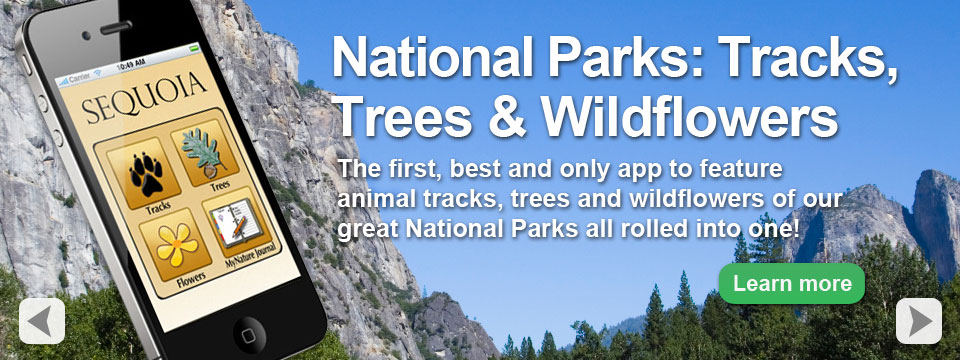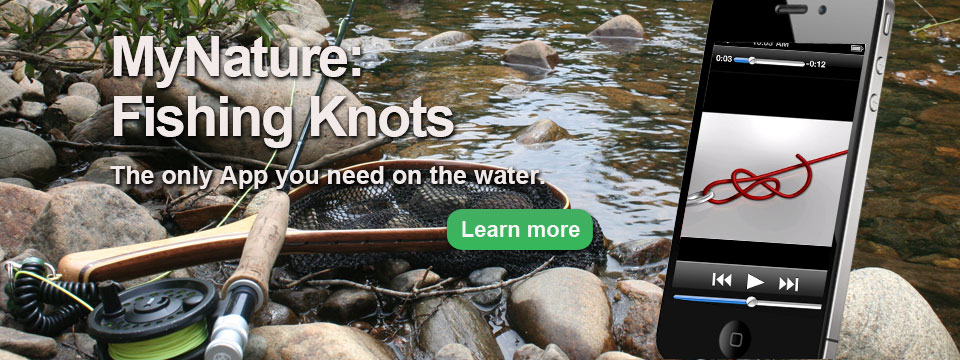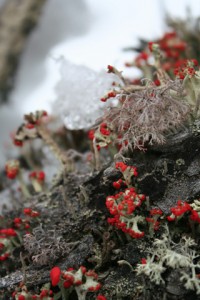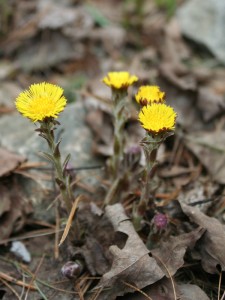Sequoia Tracks, Trees, and Wildflowers for iOS – Complete Field Guide
Wevertown, NY May 19, 2011 in Reference
[prMac.com] Wevertown, New York – MyNature today introduces Sequoia Tracks, Trees & Wildflowers 1.1 for iOS, their app that provides a complete, personal field guide to identifying the Animal Tracks, Trees, and Wildflowers of Sequoia National Park. Users will be able to easily identify tracks, scat, and sign left by more than 30 animals that inhabit the park, native trees, and 240 wildflowers. The app features searchable databases of: more than 30 tracks, with 700 photos, plus animal vocalizations; more than 30 species of trees with hundreds of drawings and photos; and 240 wildflowers with 680 images.
In each of the three categories, Tracks, Trees, and Wildflowers, the app helps the user make an identification by asking a series of questions that will greatly limit the number of possible candidates. The app is completely self-contained and requires no Internet connection. MyNature donates one dollar for each Sequoia app purchased to a general fund that is distributed to various national park foundations.
On launch in portrait mode, Sequoia Tracks, Trees & Wildflowers presents a title screen with four icon buttons: Tracks, Trees, Wildflowers, and MyNature Journal. Touching Tracks brings in the Animal Tracks Menu via a push transition. There are six buttons on the menu, including: Identify Tracks (six main categories, plus dozens of sub-categories); Identify Scat ((six main categories, plus dozens of sub-categories); All Animal Sounds (32 vocalizations, plus hundreds of images of Track and Gait); View All Animals (alphabetized list of 32 Species, plus hundreds of images of Track and Gait); Life List (personal log of type of identification of 32 Species, plus location, description, photo, etc.); and Other Info (Introduction & Directions, Field Notes, Making Plaster Casts, Glossary, etc.). All screens include an empty text field for searching.
Identify Animal Tracks Features:
* A searchable database of seven illustrated categories based on track size and shape – includes only animals found in the park
* View illustrations and photographs of each animal’s tracks (front and hind), gait pattern, and sign they leave behind
* Listen to each animal’s vocalization
* View a full color image of each animal in the wild
* Identify animal scat by using illustrated examples of five categories on scat size and shape
* View multiple images of each animal’s scat in the wild for comparison
* Life List, Tracking Tips, Plaster Casting and much more
Selecting Trees from the title screen brings in the Tree Guide Menu, including: Trees With Leaves, Trees With Needles, View All Species, Life List, and Other Info. Touching Trees With Leaves allows the user to search the tree database via a 15-item questionnaire, or list all 16 Species (Names, Descriptions, and hundreds of images). Choosing Trees With Needles also allows the user to search the tree database via a 15 item questionnaire, or list all 17 Species (Names, Descriptions, and hundreds of images). Selecting View All Species displays a scrollable list of all 33 tree Species (Names, Descriptions, and hundreds of images). The Life List allows the naturalist to fill in blank text fields (My Experience, Title, Location, Description, Images, Save to Life List). Other Info displays the following buttons: Directions, Tree Facts, Scientific Names and Meanings, Tree Morphology, Glossary, Credits and References, etc. All screens include a text search function.
Identify Trees Features:
* A 14 question illustrated search – just answer one or more questions and hit submit to see which trees match the characteristics selected
* Full color digital images of each tree’s leaf or needle, fruit or cone, profile, and bark
* A complete description of identifying characteristics for each tree
* Your own personal Life List to record the trees you have identified
* View all Species, Scientific Names and Their Meanings, Tree Facts and more
The Flower Guide Menu offers: Identify Flowers, View All Species, Life List, and Other Info. Identify Flowers includes a 15 question search, of which the user need answer one to five questions for an accurate identification. View All Species displays a scrollable list of 240 species with common and scientific names. Touching any name allows the user to drill down to descriptions, drawings, full screen photos, a virtual ruler, etc. All screens are searchable via text input.
Identify Wildflowers Features:
* A 15 question illustrated search – answer one or more questions and submit your choices to see which flower has been found
* Illustrated drawings of every flower in the app, vital for comparing leaf position, leaf shape, and the overall appearance of the flower for identification
* A beautiful full color image of each flower
* Your personal Life List to record your discoveries
* Flower Morphology, and how Pollination works
* A built in ruler and much more
“This is the first iOS app specifically designed to identify the flora and fauna of Sequoia National Park in California,” stated company spokesperson, Jeff Greco. “Everyone who enjoys exploring nature, no matter what their level of knowledge and experience, will love using Sequoia Tracks, Trees & Wildflowers.”
Language Support:
* US English
Device Requirements:
* iPhone, or iPod touch
* iOS 3.0 or later (iOS 4.3 tested)
* 199 MB
Pricing and Availability:
Sequoia Tracks, Trees & Wildflowers 1.1 for iOS is $9.99 (USD) and available through the App Store in the Reference category. Review copies are available upon request.
Located in Wevertown, New York, the MyNature Inc. team is a small independent software company founded by Jeff and Laura Greco. With a focus on the OS X and iOS platforms, MyNature’s passion is to promote an education in nature through smartphone technology. Copyright (C) 2011 MyNature Inc. All Rights Reserved. Apple, the Apple logo, iPhone, iPod, and iPad are registered trademarks of Apple Inc. in the U.S. and/or other countries.
###
Media Contact
518-251-0818
















What Others Have to Say